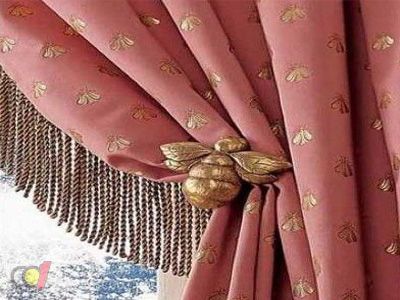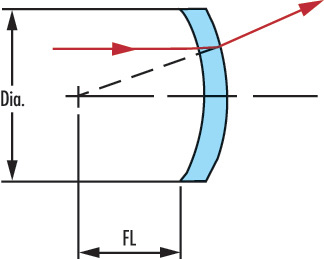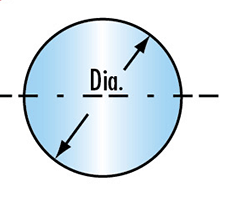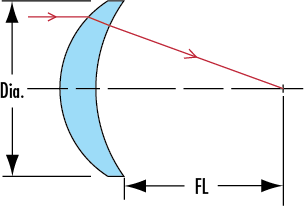Various types of curtain cleaning methods
Curtains come in various textures and each type requires specific care to maintain their quality and longevity. Proper cleaning methods not only keep them looking fresh but also extend their lifespan.
For cotton and linen curtains, machine washing is usually safe. Use a mild detergent and consider adding a fabric softener for a smoother finish after washing. However, if the fabric is prone to shrinking, it's better to opt for dry cleaning instead.
Lace curtains should be handled with care. They are delicate and not suitable for regular washing. Before cleaning, gently brush off any surface dust using a soft brush to avoid damaging the intricate patterns.

Flannel curtains tend to trap a lot of dust. After removing them from the window, shake them by hand to let the dust fall off naturally. Then soak them in a solution of water and detergent for about 15 minutes. It's best to avoid using a washing machine, as it may cause damage. Instead, gently press out the excess water by hand and allow them to drip dry rather than wringing them out.
Blinds can be cleaned directly. Spray a small amount of water on the surface and wipe it with a clean cloth. For stubborn stains, use a damp cloth with a little detergent. Keep in mind that frequent exposure to sunlight or harsh chemicals may cause fading, so always handle them carefully.
Roller blinds are more challenging to clean because they are often difficult to remove. Focus on the areas around the roller where dust tends to accumulate. If there's a lot of dirt, use a soft brush to loosen it first, then wipe with a damp cloth. You can also apply a light polishing agent to maintain their appearance over time.
After cleaning, avoid using a dryer. Instead, let the curtains air dry in a well-ventilated area. This helps preserve their texture and color. For special materials like silk or velvet, it's recommended to take them to a professional dry cleaner to prevent damage or deformation.
Taking the time to properly care for your curtains ensures they remain beautiful and functional for years to come.
Meniscus Cylinder Lens
Meniscus cylinder Lens can increase the NA of the system while only adding slightly to the total spherical aberrations. The Negative Meniscus cylinder Lens is used to increase the focal length of another Cylindrical Lens while maintaining the angular resolution of the optical assembly. This lens shape is best used when one conjugate is relatively far from the cylindrical lens.
Some styles of cylindrical lenses have antireflective coatings to increase the transmission of light through the lens.
Fused silica cylinder lenses are ideal for demanding laser machining and medical applications.


                                       Negative Meniscus cylinder lens   Â
Â


Â
                                        Positive Meniscus cylinder Lens
Â
Specification of our meniscus cylinder lens or Plano-Convex Cylindrical Lens as follow:
*Material: BK7,Ge,UV-grade fuse silica(JGS1,JGS2,JGS3)or other optical materials
*Dimension Tolerance: +0.0 -- -0.1mm
*Center Thickness: +/-0.1mm
*Focal Length Tolerance: +/-1%
*Surface Quality:20/10
*Surface Figure: lambda/2 at 633nm on plano side
*Clear Aperture>90%
*Chamfer: 0.25mm at 45 degree typical
*Coating Optional
Meniscus Cylinder Lens,Optical Glass Meniscus Cylinder Lens,Meniscus Spheric Lens,Meniscus Cylindrical Lens
China Star Optics Technology Co.,Ltd. , https://www.csoptlens.com




